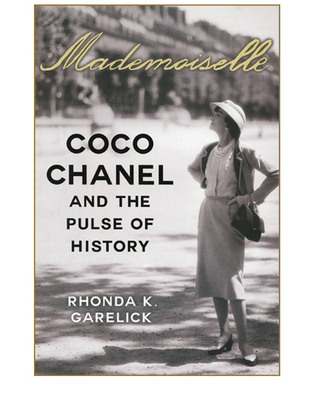 loading
loading
Reviews View full imageMademoiselle: Coco Chanel and the Pulse of History Mark Blankenship ’05MFA, a theater critic and reporter, writes for the New York Times and Variety.The climactic insight in Rhonda K. Garelick’s new biography of Coco Chanel is as satisfying as an Agatha Christie novel. In Mademoiselle: Coco Chanel and the Pulse of History, Garelick meticulously maps the designer’s life and work, plying us with so many details about lovers, contracts, and hemlines that it seems impossible they all matter. But then, like Hercule Poirot explaining how every bobby pin and carpet fiber helped him solve a murder, she pulls the strands together to assemble her major argument about Coco’s place in history. It’s a true coup de grâce, and it makes Mademoiselle a vital entry in the extensive library of Chanel scholarship. To summarize a complex argument: Garelick articulates the connection between fascism and Chanel’s aesthetic. After explaining how Coco (née Gabrielle) grew from a poor girl abandoned in a convent into a powerful businesswoman, she describes how that trajectory led her to become deeply involved with high-ranking Nazis. Chanel’s Nazi connections are well known, but Garelick insists they run deeper than a few love affairs and a failed spy mission. She persuasively asserts that Chanel’s art is fundamentally fascist—that all those sleek lines and masculine silhouettes create “the ‘fascist look’ for men through the looking glass of women’s fashion.” In fact, she writes, “one could argue that Coco proved the more adept at wielding these tactics. After all, fascism ultimately met defeat, but Chanelism continues to this day.” Ouch. That swirls some blood into everyone’s bottle of Chanel No. 5. If Garelick is right, then what does it say about anyone who loves this designer’s work? Are we closer than we realize to the mindset that unleashed so much horror on the twentieth century? To her credit, Garelick admits that she too appreciates vintage Chanel clothes. That adds moral weight to the historical analysis: Garelick knows how easy it is to ignore Chanel’s dark side and focus just on those jersey dresses and long strings of pearls. She knows that practically everyone does this. But she also knows we shouldn’t.
The comment period has expired.
|
|